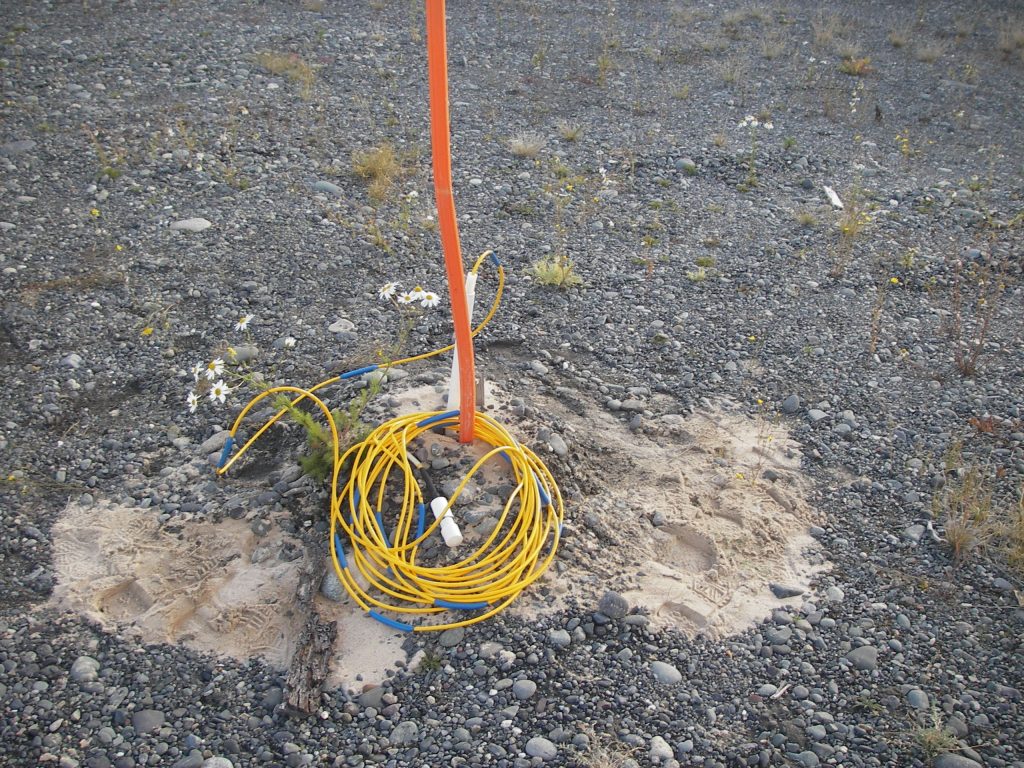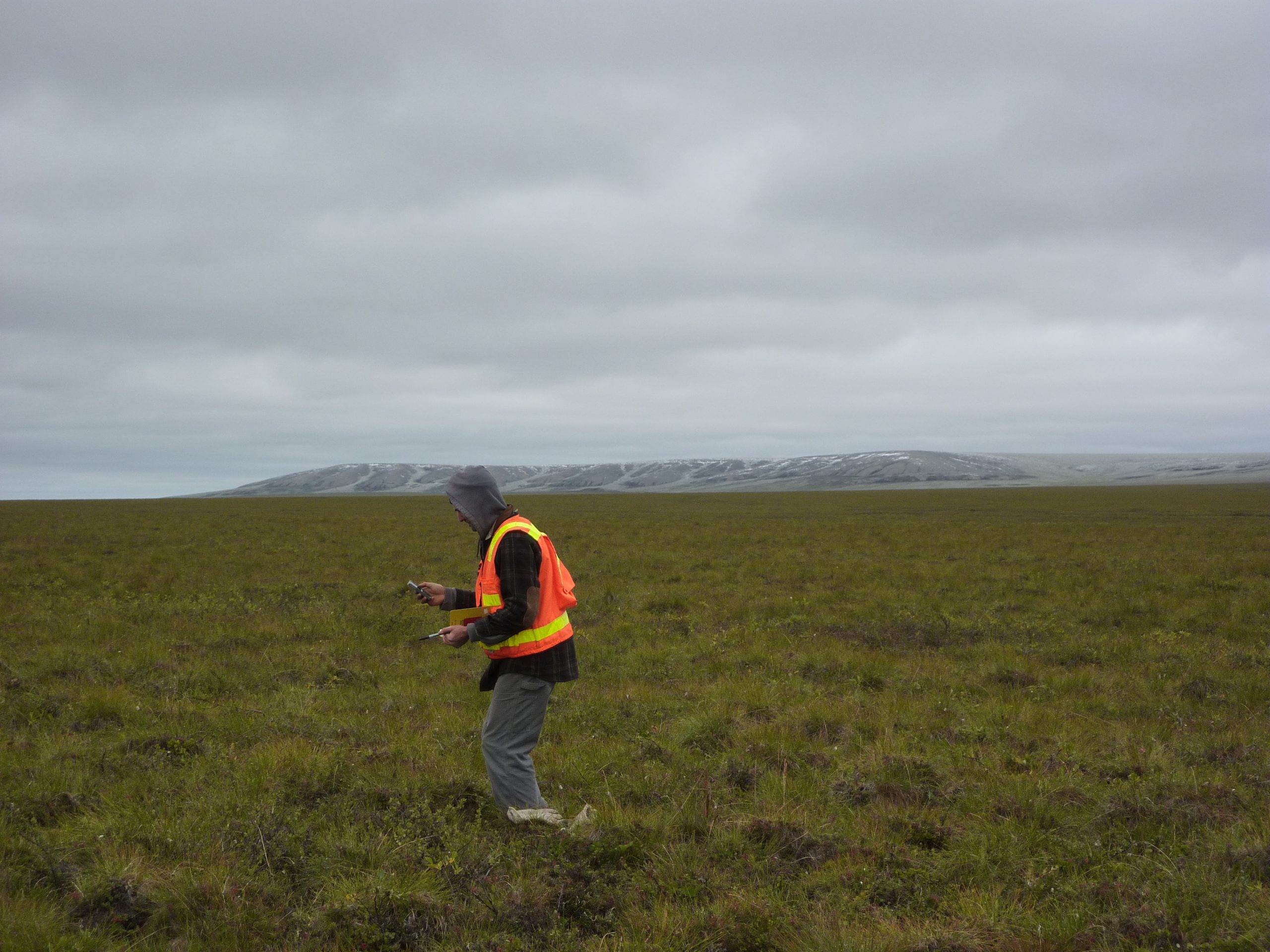The High-Frequency Active Auroral Research Program (HAARP) Research Station, located in the Copper River Valley of Alaska, plays a crucial role in ionospheric research. The HAARP program is jointly funded by the U.S. Air Force, the U.S. Navy, the University of Alaska, and the Defense Advanced Research Projects Agency. At the heart of this program is an array of 180 antennae on piles spanning 35 acres, with a radiated power capability of approximately 3.6 million watts. Given the program’s long-term nature since its inception in 1990, the preservation and upkeep of this instrumentation are paramount to ensuring the project’s continued success.
Click for an instant live demo of the beadedcloud data dashboard for FREE.
Free DemoApplication
The HAARP Research Station in the subarctic region of Copper River Valley faces the challenge of warming ground and the degradation of relict permafrost, a situation common to many locations in the arctic. As the permafrost thaws, the stability of the antennae’s supporting piles becomes threatened, potentially impacting their alignment and the array’s functionality. Concerns regarding permafrost degradation necessitate a robust solution to monitor ground temperatures for any adverse changes.

To address these engineering concerns, HAARP sought the expertise of Golder Associates. As a primary measure, Golder initiated data collection to track temperature fluctuations below the antennae site. This task was monumental, given the need to capture temperatures from hundreds of locations annually.

In 2006, Golder engaged beadedstream to streamline this data collection and analysis process. beadedstream provided a solution that included 8-10 digital temperature cables from their rental pool annually, along with a handheld readout device featuring data collection software. A team of field data collectors conducted on-site temperature readings, and future plans included the installation of permanent ground cables.
beadedstream Solution
beadedstream’s digital temperature data acquisition solution enabled Golder’s team to enhance organization and reduce the time required for critical field data gathering. The use of the field data collector reduced errors, automated location setup, and improved electronic record-keeping. Additionally, Golder devised a script for seamless data import into their database, expediting analysis and enabling swift conclusions for their recommendations to HAARP. The combination of these technologies and the use of the software and multiple cables facilitated faster and easier annual data acquisition.

Moreover, to future-proof the facility, HAARP has chosen to install beadedstream’s digital thermistor strings at new buildings. This investment provides early insights into potential subsurface condition changes that might affect building stability.

beadedstream Solution Benefits
The collaboration between Golder Associates and beadedstream has yielded several benefits for HAARP:
Efficient Data Collection: By utilizing digital temperature cables and the handheld readout, data collection has become more efficient, reducing errors, and streamlining location setup.
Data Analysis: The integration of a data import script has expedited data analysis, enabling Golder to make informed recommendations more swiftly.
Time and Resource Savings: The enhanced data acquisition process not only saves time but also reduces the resources required for fieldwork and analysis.
Enhanced Early Warning: Installing beadedstream’s digital temperature cables at new buildings aids HAARP in obtaining early indications of subsurface condition changes, ensuring the facility’s stability.
This solution has become an indispensable asset in preserving the integrity and functionality of the HAARP Research Station’s antennae array, contributing to the program’s ongoing success in ionospheric research.
















